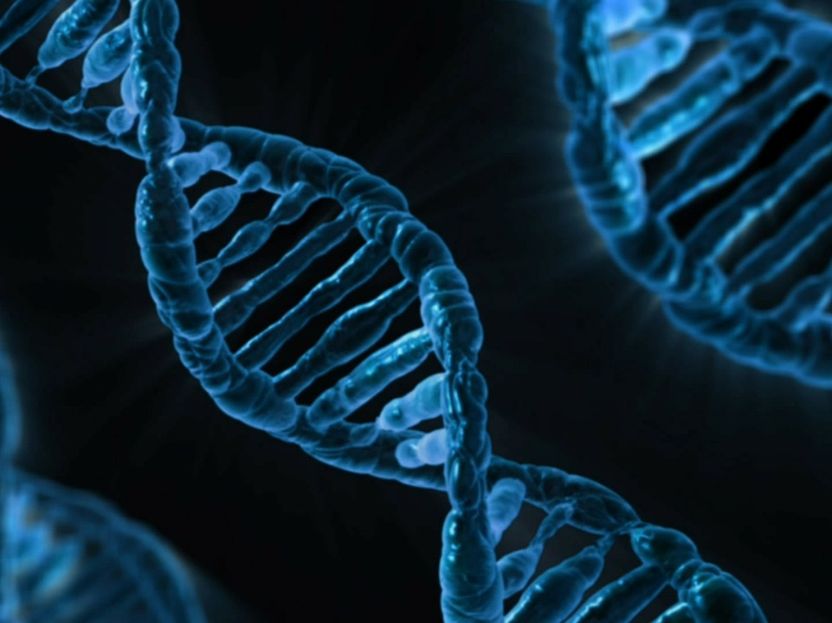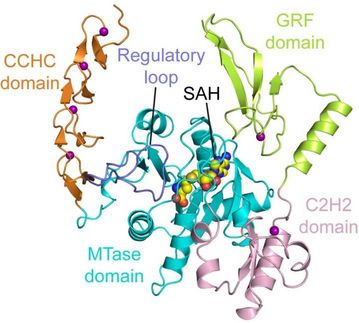Enzyme with high potential for new cancer treatment identified
A team of researchers from the Biology department at the TU Darmstadt has identified an enzyme that separates DNA replication from repair. This discovery could be of tremendous significance in the treatment of tumours.
Several essential processes take place in separate compartments within a cell. The cell’s most important asset, DNA, is packed inside the cell nucleus, and a veritable armada of proteins is responsible for the organisation, replication and protection of the DNA. Many of these proteins perform a number of tasks, for instance possessing functions at the replication fork and repairing damage to DNA. Most of the mechanisms for the individual functions of these proteins are understood, but there has as yet been little research into the coordination and regulation between the various processes.
Biologists at the TU Darmstadt under Prof. Dr. Markus Löbrich and Dr. Julian Spies have collaborated with their colleagues at the University of California in Davis and identified a protein kinase called Nek1 that promotes the repair of DNA double-strand breaks and separates this repair from replication. Nek1 switches on the motor protein Rad54 only after the completion of replication in order to finalize the repair process. This is of physiological relevance because during replication, Rad54 possesses additional functions at the replication fork, and premature activation of Rad54 results in a major disturbance of the replication process, report the Darmstadt-based researchers in the research journal Molecular Cell.
Use in cancer treatment
This discovery has a very high potential for use in the development of entirely new kinds of cancer treatments. Finding inhibitors that block the function of Nek1 would lead to a loss in the repair function. Tumour cells in particular would suffer from this loss of function in Nek1, since they experience a tremendous amount of DNA damage during their uncontrolled growth. The scientists suspect that the inhibition of Nek1 could be associated with an accumulation of unrepaired DNA damage in these cells that could cause the tumour cells to die. The team of researchers plans to continue to investigate these assumptions over the coming years.
Original publication
Other news from the department science

Get the life science industry in your inbox
By submitting this form you agree that LUMITOS AG will send you the newsletter(s) selected above by email. Your data will not be passed on to third parties. Your data will be stored and processed in accordance with our data protection regulations. LUMITOS may contact you by email for the purpose of advertising or market and opinion surveys. You can revoke your consent at any time without giving reasons to LUMITOS AG, Ernst-Augustin-Str. 2, 12489 Berlin, Germany or by e-mail at revoke@lumitos.com with effect for the future. In addition, each email contains a link to unsubscribe from the corresponding newsletter.
More news from our other portals
Last viewed contents
Our versatile viral defenses - Researchers systematically track protein interactions in defense against viruses
QIAGEN achieves Personalized Healthcare milestone with U.S. approval of companion diagnostic for colorectal cancer

New model could revolutionise the treatment of autoimmune disease as well as vaccine development - Paradigm shift in immunology: 'Adaptive Tolerance' balances autoimmune reaction

Mobile gold fingers






















































